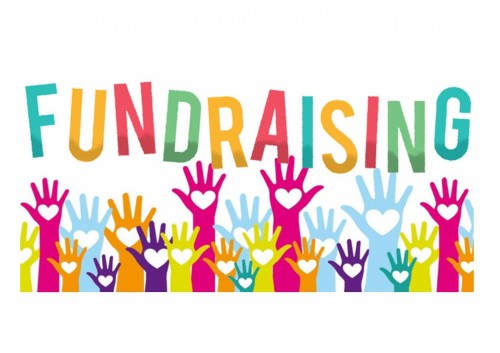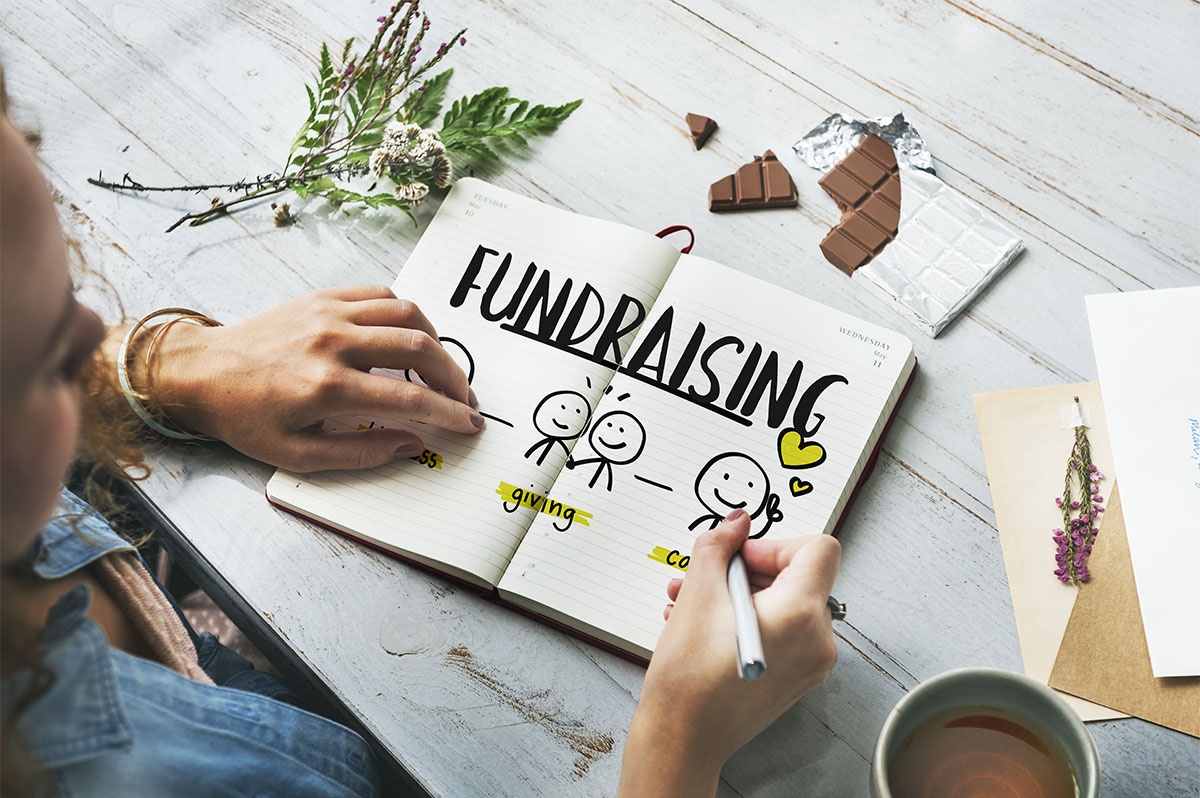Nonprofit Marketing: Exactly How to Construct a Powerful Brand and Increase Support
Nonprofit Marketing: Exactly How to Construct a Powerful Brand and Increase Support
Blog Article
Recognizing the Essential Components of Nonprofit Fundraising: Key Practices for Enhancing Financial Sustainability
Nonprofit fundraising is a multifaceted endeavor that requires a nuanced understanding of several vital elements to guarantee financial sustainability (nonprofit agency). From calculated preparation that lines up with mission-driven goals to the growing of meaningful donor relationships, each component plays a critical duty in the general success of fundraising efforts. Additionally, the assimilation of effective interaction and community involvement approaches enhances outreach and effect. Nevertheless, the adoption of technology provides both opportunities and obstacles that can dramatically affect fundraising outcomes. What specific techniques can companies implement to navigate these intricacies and secure their economic future?
Strategic Fundraising Preparation
Strategic fundraising planning is an important component for any type of not-for-profit organization intending to achieve its objective effectively. This process entails setting clear, measurable objectives that align with the organization's total objectives while thinking about the one-of-a-kind needs of the area it offers. A well-structured fundraising plan not just recognizes potential profits resources but likewise details the strategies and techniques needed to involve those sources.

Furthermore, leveraging information analytics can notify decision-making by offering insights right into donor actions and patterns, allowing nonprofits to tailor their fundraising approaches appropriately. Regular testimonials and updates of the fundraising plan are vital to react to changing situations and arising chances. Ultimately, a thorough tactical fundraising strategy works as a roadmap for nonprofits, fostering monetary stability and allowing them to satisfy their goal efficiently.
Building Donor Relationships
Building solid benefactor relationships is necessary for the long-term sustainability of any not-for-profit company. These relationships are the foundation upon which effective fundraising initiatives are built, as they foster depend on, commitment, and involvement among supporters. Nonprofits need to focus on growing purposeful connections with their donors, acknowledging that each communication can dramatically impact their determination to contribute.
To successfully construct benefactor partnerships, companies should concentrate on customized interaction methods. This includes comprehending the passions, inspirations, and offering patterns of specific donors, enabling tailored communication that reverberates with them. Normal updates on business progression, program end results, and the impact of contributions strengthen the value of their support.
Moreover, expressing gratefulness is crucial. Recognizing contributions immediately and best regards not just improves connections but also urges recurring assistance. Events such as donor admiration celebrations supply chances for personal links and neighborhood building.
Ultimately, supporting contributor relationships goes beyond transactional communications; it symbolizes a partnership where benefactors really feel valued and essential to the mission. By spending time and resources in relationship-building, nonprofits can go enhance benefactor retention, boost life time providing, and guarantee economic stability for their campaigns.
Efficient Communication Methods
Effective communication strategies play an essential role in enhancing the strong donor relationships that nonprofits make every effort to cultivate. Constant and clear messaging is essential for communicating the mission, vision, and effect of the organization. Verbalizing the one-of-a-kind worth proposal aids donors comprehend exactly how their payments make a tangible difference.
Using numerous communication networks-- such as emails, social networks, e-newsletters, and in-person events-- makes sure that home messages reach a varied target market - nonprofit agency. Tailoring communication to various contributor sectors can improve engagement; for example, significant donors may appreciate comprehensive records on financing allotments, while smaller sized donors may favor concise updates highlighting essential achievements
Narration is an additional effective tool in nonprofit communication. Sharing engaging stories concerning recipients can evoke psychological feedbacks and cultivate a much deeper link with the cause. Transparency concerning financials and program end results builds count on, motivating benefactors to continue to be involved with time.
Involving the Area
Area useful content involvement is important for nonprofits seeking to enhance their effect and foster a sense of ownership amongst neighborhood stakeholders. Developing a durable link with the neighborhood not just improves exposure however likewise constructs trust fund, important for lasting fundraising initiatives. By actively including community members in decision-making procedures, nonprofits can straighten their goals with the requirements and ambitions of the population they serve.
To effectively involve the area, nonprofits need to prioritize transparency and open interaction. Organizing public online forums, workshops, and informative sessions enables meaningful discussion, where stakeholders can articulate their point of views and add to the organization's vision. Furthermore, teaming up with regional services, institutions, and civic companies can create collaborating collaborations that leverage shared resources for higher influence.
An additional essential element of neighborhood interaction is recognizing and commemorating regional contributions. Recognizing supporters, volunteers, and contributors cultivates a sense of belonging and commitment, encouraging ongoing participation. Furthermore, showcasing success stories and the concrete benefits of area support can motivate others to contribute.
Inevitably, proactive neighborhood engagement grows a network of advocates who are spent in the nonprofit's goal, guaranteeing long-term support and improved economic sustainability.
Utilizing Modern Technology and Tools

One crucial device for nonprofits is a thorough benefactor monitoring system. These systems make it possible for companies to preserve comprehensive records of donor communications, payments, and choices, assisting in individualized interaction and involvement (nonprofit agency). In addition, making use of on the internet fundraising platforms enables nonprofits to get to a more comprehensive audience, making it easier for fans to contribute through numerous channels, including social media sites and e-mail campaigns
In addition, the usage of project monitoring devices can assist streamline inner processes, making certain that fundraising teams continue to be organized and focused on their objectives. Automation software application can also streamline recurring tasks, such as sending thank-you e-mails or tips, freeing up staff time for even more tactical efforts.
Conclusion
In conclusion, the vital parts of not-for-profit fundraising encompass calculated preparation, solid donor relationships, effective communication, neighborhood interaction, and the use of modern technology. These components collectively contribute to enhancing financial sustainability and resilience within nonprofit organizations.
Furthermore, leveraging data analytics can notify decision-making by offering insights into donor behavior and trends, allowing nonprofits to tailor their fundraising strategies accordingly.Building solid benefactor partnerships is crucial for the lasting sustainability of any kind of not-for-profit company.Efficient communication strategies play a pivotal role in enhancing the strong contributor relationships that nonprofits strive to grow.One crucial device for nonprofits is an extensive donor management system.In verdict, the necessary elements of nonprofit fundraising encompass critical preparation, strong benefactor connections, effective communication, area interaction, and the usage of technology.
Report this page